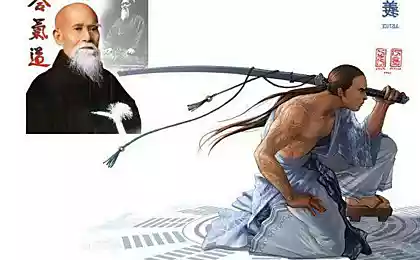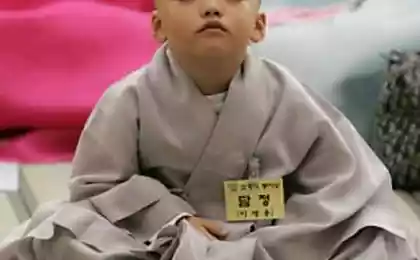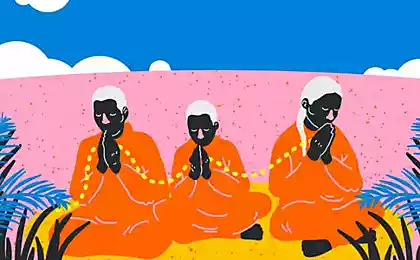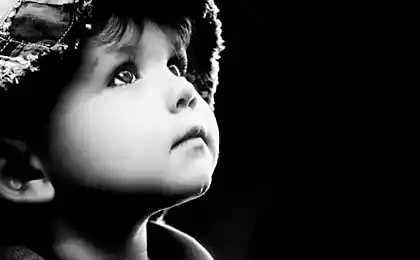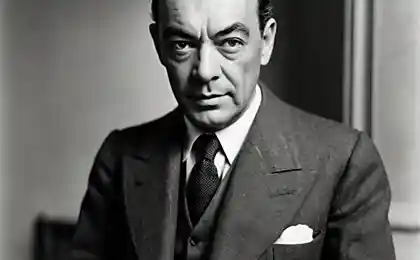195
5 Rules to Rebuild a Ruined Life | Miyamoto Musashi Strategy
Invincible Samurai Miyamoto Musashi Strategy
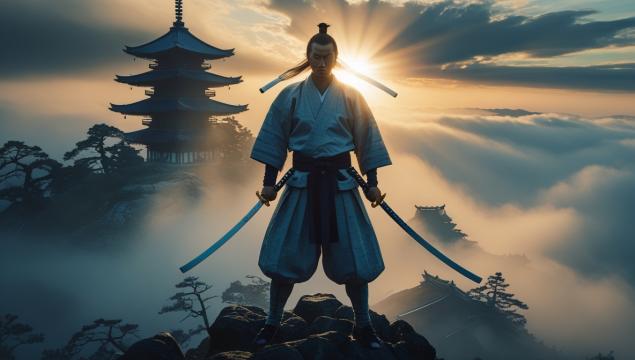
Miyamoto Musashi is a legendary samurai whose principles are still relevant today.
When life is destroyed, many people lose hope. But history knows people who, out of the ashes of defeat, created empires of success. Miyamoto Musashi, the legendary Japanese samurai of the XVI-XVII centuries, was one of them.
Imagine a man who, by the time he was 30, had fought more than 60 sword fights and had never lost. But his greatness was not only in combat skill. Musashi created a philosophy of life that helps to recover from the hardest blows of fate.
Modern research in the field of neuroplasticity confirms that the human brain is capable of radical changes at any age. Musashi’s principles, based on years of experience in overcoming difficulties, provide a practical blueprint for such a transformation.
The Five Pillars of Life Recovery
1st
Heiho no Michi, The Way of Strategy
Musashi said, “Strategy is the practical art of victory.” When life collapses, the first thing to do is stop acting randomly and start thinking strategically.
Practical application: Write down the three main goals of the day each morning. No more, no less. This develops the ability to focus on the main thing instead of spraying energy.
A study by the University of the Dominican Republic found that people who write down their goals achieve them 42% more often than those who keep plans in mind. Musashi intuitively understood this pattern 400 years ago.
2.
Shin-gi-thai - Unity of spirit, technique and body
The great samurai understood that it was impossible to restore life by working with only one aspect. Spirit without technology are empty dreams. Technique without spirit is soulless mechanics. A body without spirit and technique is just meat.
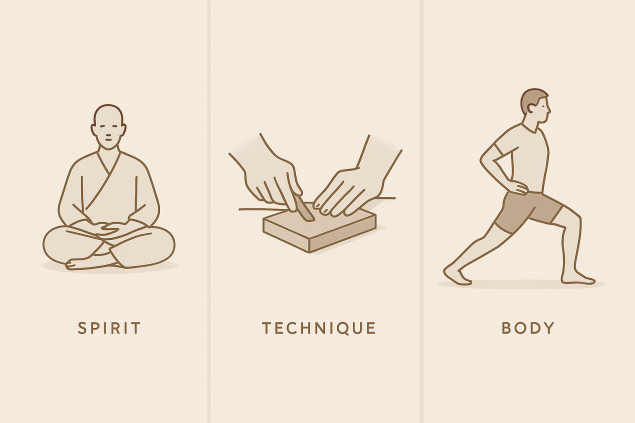
Harmony of spirit, technique and body – the basis of recovery
Daily triad: 20 minutes to develop thinking (reading, learning), 20 minutes to master skills (professional or personal), 20 minutes to exercise.
Neuroscientist John Raity from Harvard proved that exercise stimulates the production of BDNF (neurotrophic factor of the brain), which literally grows new neural connections. Musashi trained not only the sword, but also calligraphy, painting, and poetry, recognizing the importance of complex development.
3
Hajjosin – Ordinary Consciousness is the Way
One of the most revolutionary principles of Musashi is that greatness is not born in extreme states, but in the ability to remain calm and clear in all circumstances.
In battle and in everyday life, you must be determined but calm.
Miyamoto Musashi
Samurai Breathing Technique: When stressed, take 4 breaths through the nose, hold your breath for 4 counts, exhale through your mouth for 6 counts. Repeat 4 times. This activates the parasympathetic nervous system.
Modern psychology refers to this state as “optimal functioning” or flow state. Studies show that people in this state make decisions 500% faster and more efficiently.
4.
Ken-Zen-itchi – Sword and Zen are one
Musashi combined martial art with meditation practice. External change is impossible without internal transformation.
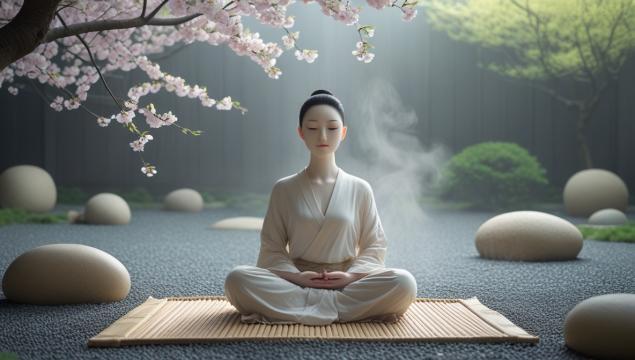
Internal tranquility is the basis of external change
Action meditation: Choose one daily activity (washing dishes, walking, eating) and perform it with full attention for 15 minutes. It develops awareness without formal meditation.
A University of Wisconsin study found that just 8 weeks of meditative practice increased gray matter density in areas of the brain responsible for learning, memory and emotional regulation.
5
Niten-ichi-ryu School of Two Heavens as One
The deepest principle of Musashi is the ability to see opposites as a whole. Defeat and victory, weakness and strength, destruction and creation are all parts of one process.
The Diary of Polarities technique: Each night, write down one difficulty of the day and one opportunity it opens. It retrains the brain to see problems as resources.
Psychologist Martin Seligman from the University of Pennsylvania proved that people who are able to find meaning in difficulties are 3 times less likely to suffer from depression and 2 times faster to recover from crises.
A lifelong path
Musashi spent the last years of his life in the cave, creating the treatise “The Book of Five Rings” – the result of all his life experience. He understood that true victory is not to never fall, but to rise every time.
Modern science confirms the intuitive wisdom of the great samurai. The concept of post-traumatic growth shows that people who have survived major crises and managed to overcome them often become stronger, wiser and happier than they were before the difficulties.
The way of Musashi is not a quick life hack, but a way of life. It requires patience, discipline and self-confidence. But for those willing to walk this path, the reward exceeds all expectations - a life built on a solid foundation of inner strength and wisdom.
“Today defeat yourself of yesterday, tomorrow defeat those who are weaker, the day after tomorrow defeat those who are stronger.”
Miyamoto Musashi
Glossary
Heiho
Japanese art of strategy and tactics, including not only combat techniques, but also philosophy of life
Shin-gi-tai
The principle of unity of spirit (shin), technique (gi) and body (tai) in Japanese martial arts
heijosin
A state of “ordinary consciousness”—calm readiness and naturalness in all circumstances.
Zen
The Direction of Buddhism, Emphasizing Meditation and Direct Reality Understanding
Niten-ichi-ryu
School of Fencing created by Musashi, known for the technique of fighting two swords at the same time
BDNF
Neurotrophic factor of the brain – a protein that stimulates the growth and development of neurons
Neuroplasticity
The ability of the brain to change its structure and function during life under the influence of experience
Post-traumatic growth
Psychological phenomenon of positive personality changes after overcoming traumatic experience
Building the Future: How Designers Shape Children’s Thinking and Imagination
How Birth Order Shapes Your Adult Life

